The James Webb Space Telescope has given us an incredible look at nearby spiral galaxies, showing off their stunning details like never before. This telescope has the power to see through cosmic dust and gas, revealing the true beauty of these galaxies.
These discoveries help us understand how galaxies like our Milky Way form and evolve over time.
What Makes Spiral Galaxies Special?
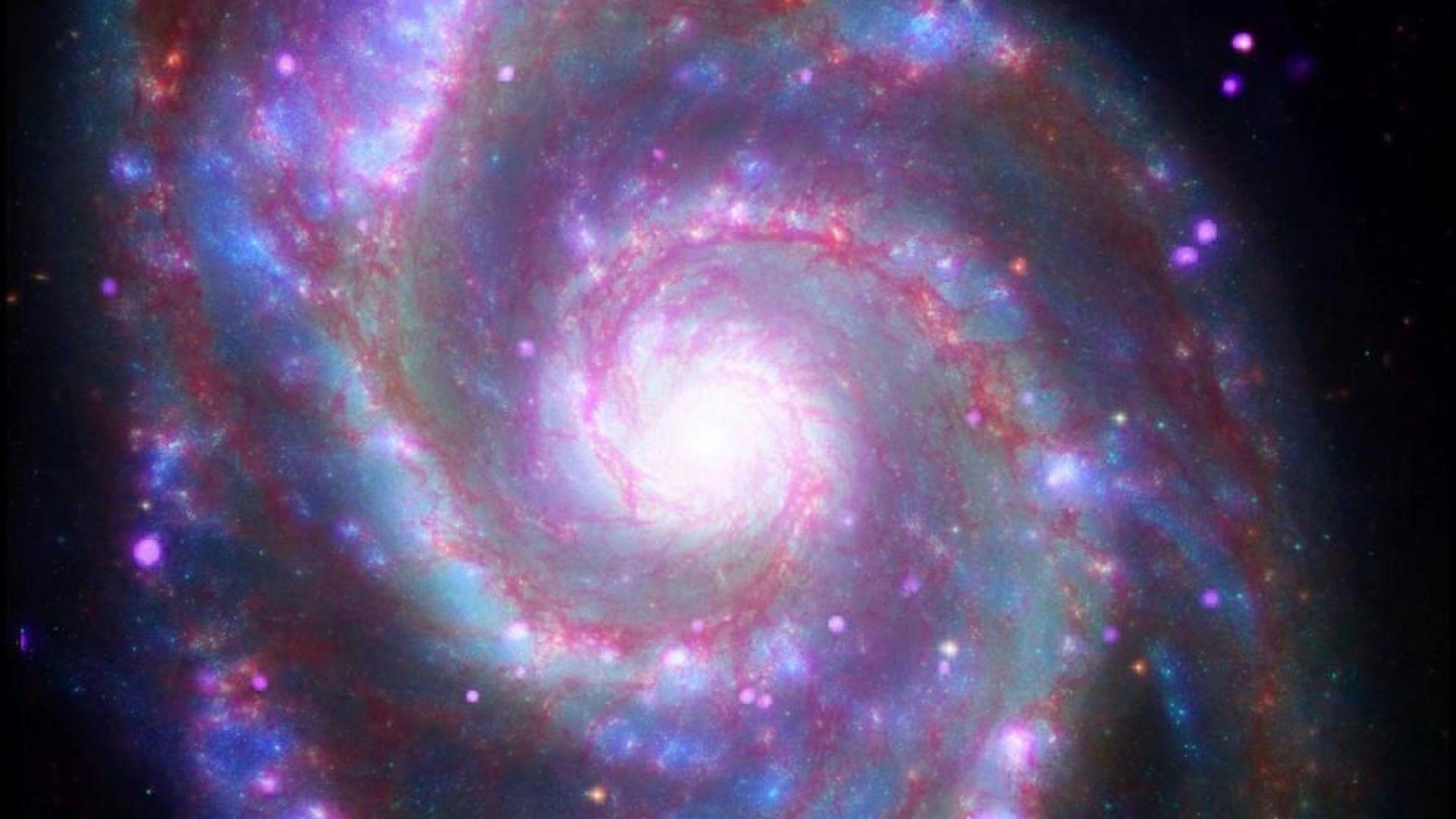
Spiral galaxies are some of the most beautiful structures in the universe. They have twisting arms filled with stars, dust, and gas, all spiraling around a bright central core.
Studying these galaxies helps us learn more about our own Milky Way and the cosmic forces that shape it.
Webb’s Incredible Eyes*
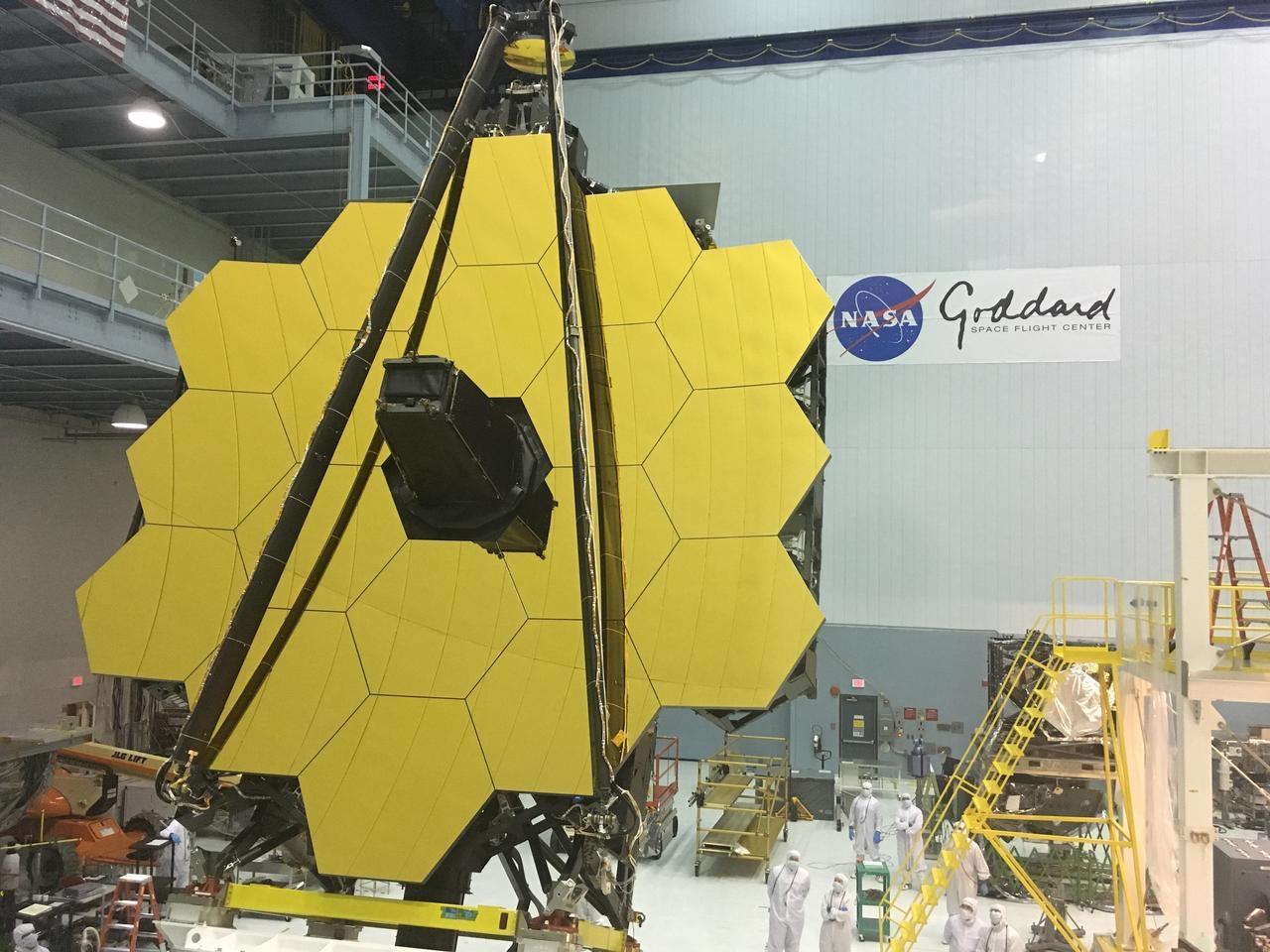
The James Webb Space Telescope uses infrared light to peer through the dust that usually hides many details of galaxies. This allows it to capture clear, detailed images that were impossible to see before.
This new technology opens up a whole new world of discovery for astronomers.
Unveiling Stunning Structures
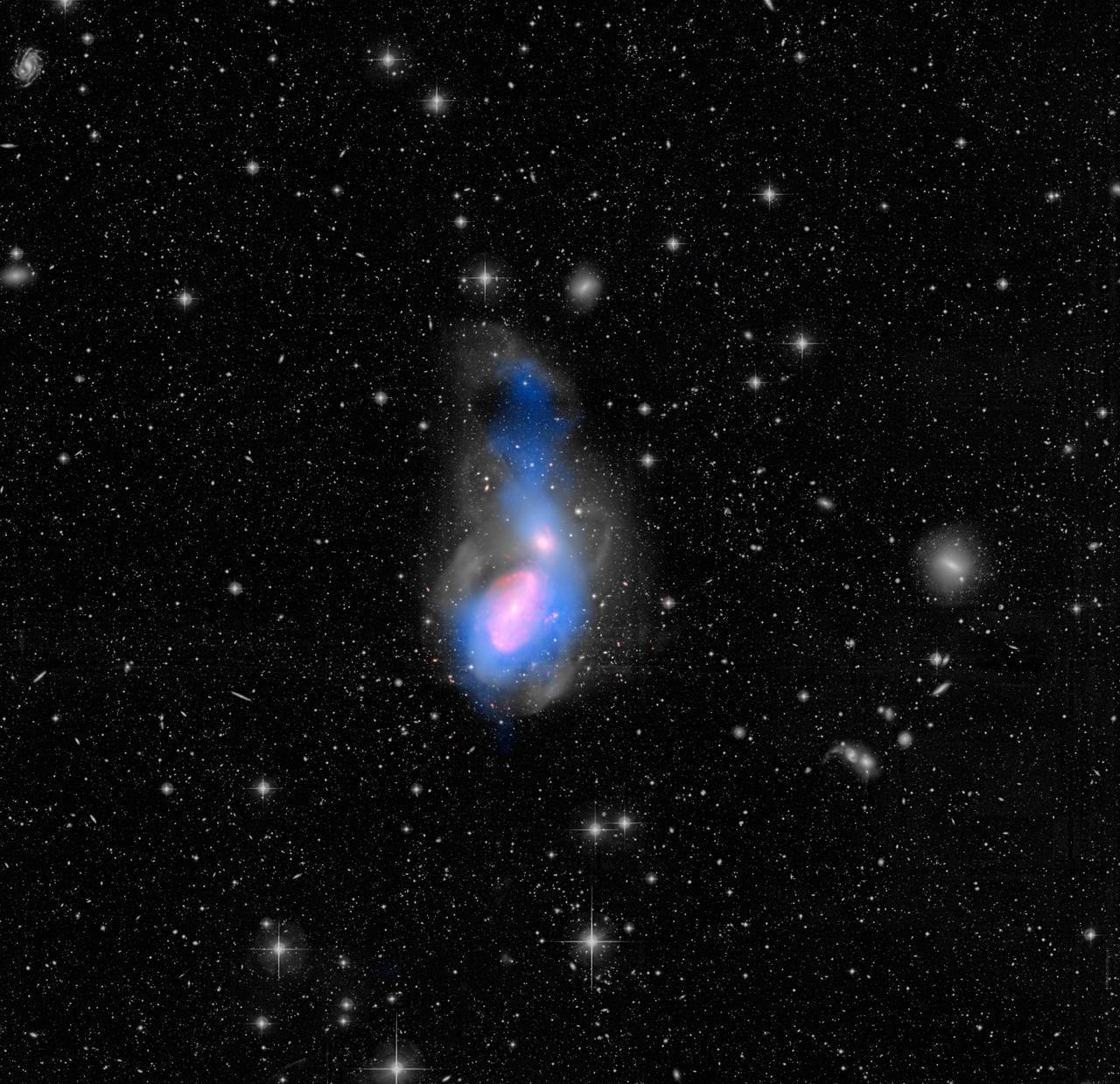
Webb’s images show amazing features like star-forming regions, dense gas clouds, and intricate dust lanes. These structures give scientists clues about how galaxies grow and change.
Seeing these details is like viewing a cosmic masterpiece, each galaxy with its own unique story.
The Magic of Star Formation
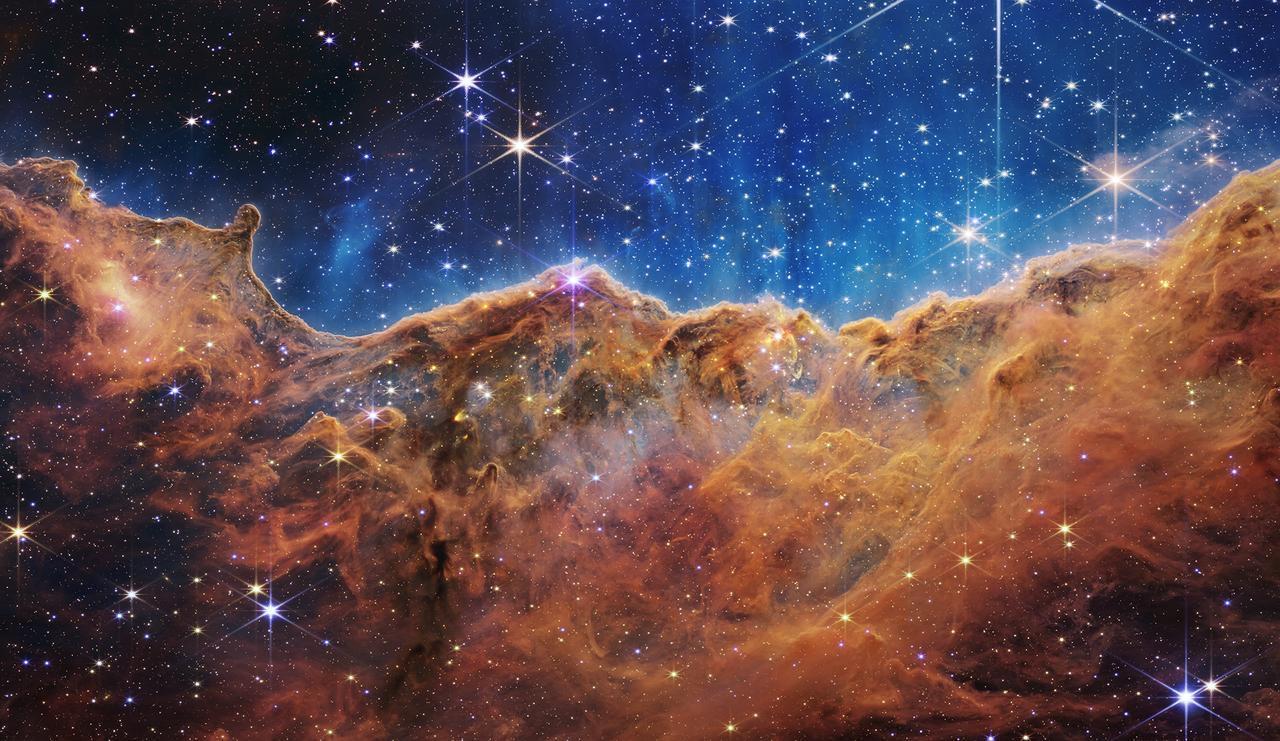
Star formation is a key process in the life of galaxies. Webb’s images highlight where new stars are being born, providing insights into the dynamics of galaxy evolution.
Understanding star formation helps us learn how galaxies keep their shapes and continue to shine brightly.
Comparing Spiral Galaxies
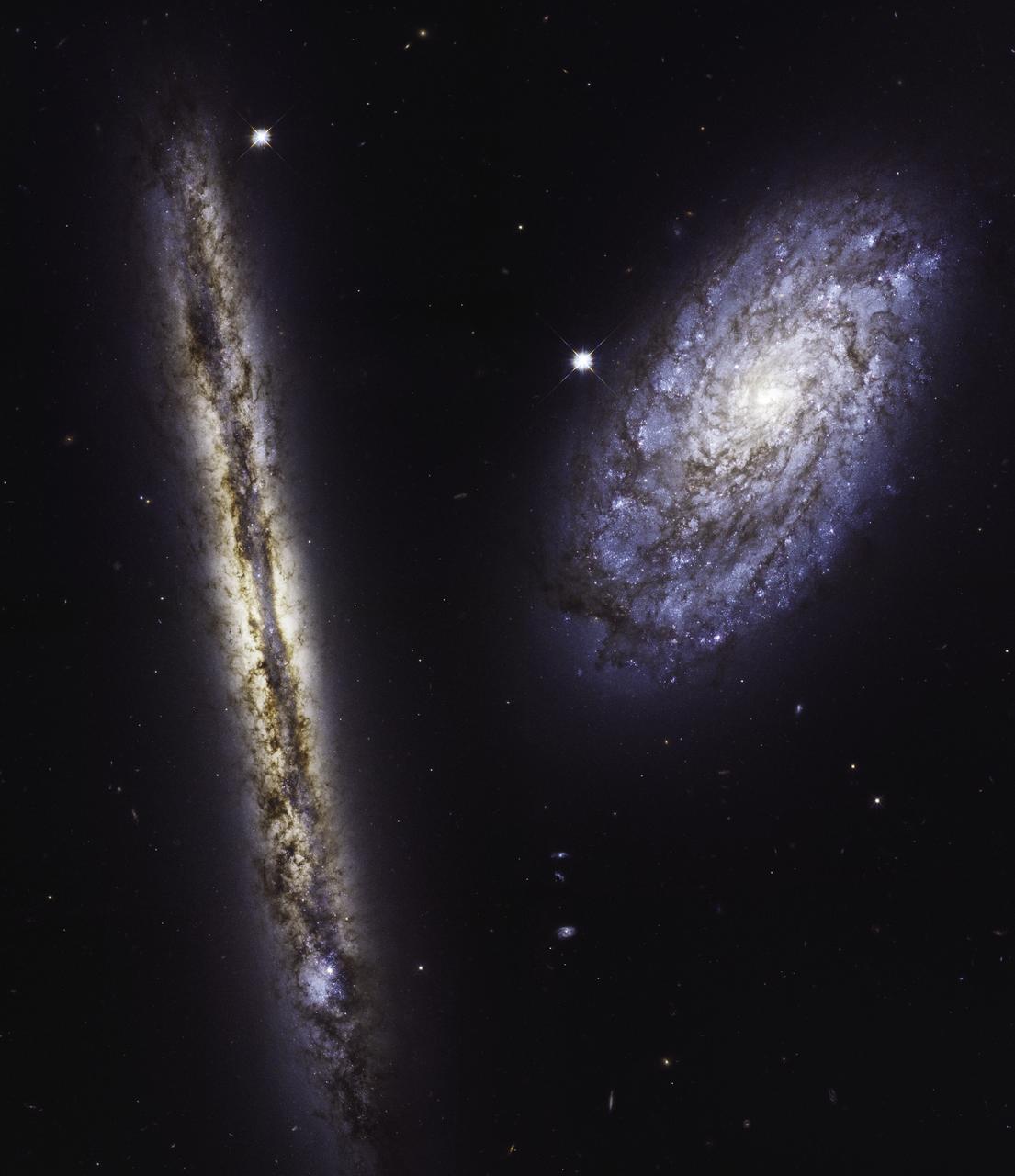
Webb’s observations let scientists compare different spiral galaxies. By examining these differences, they can understand how various factors influence a galaxy’s appearance and behavior.
This comparison helps piece together the complex puzzle of galaxy evolution.
Dust – More Than Just Cosmic Dirt
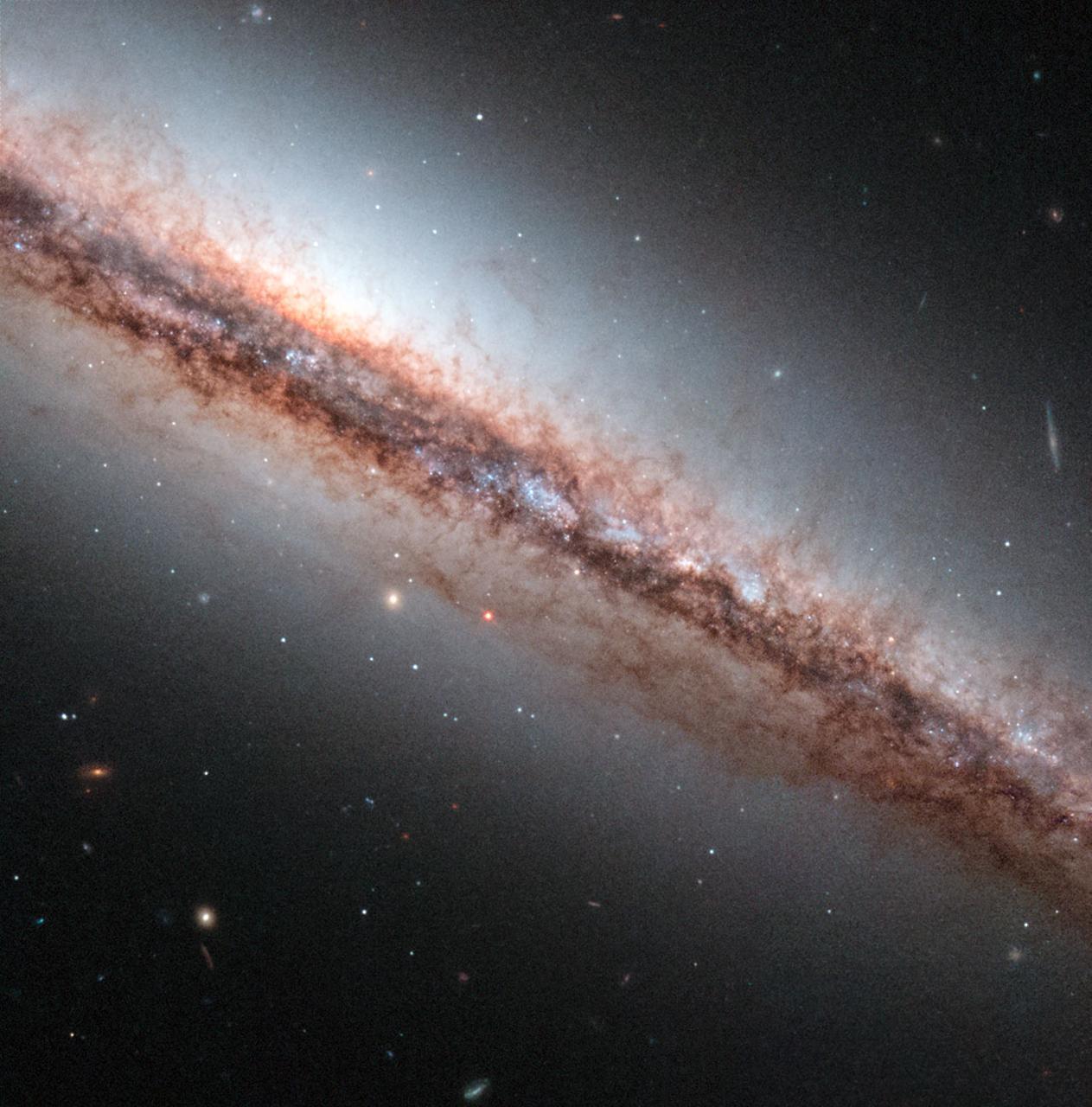
While it might seem like a nuisance, dust is crucial for star formation. Webb’s ability to see through dust clouds reveals the hidden places where stars are born and galaxies evolve.
This knowledge is essential for understanding the life cycle of galaxies.
A Glimpse Into the Past
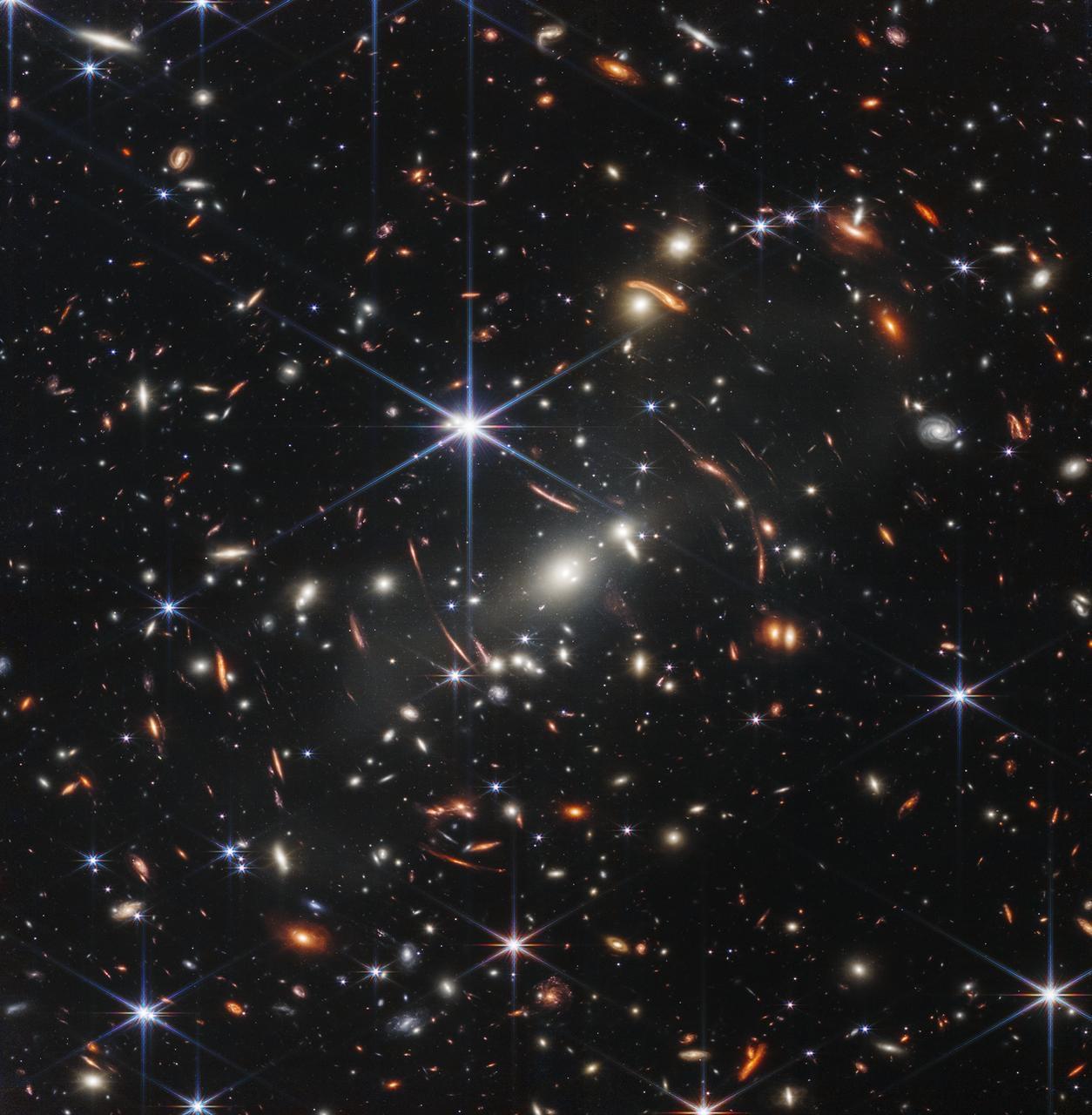
Looking at these distant galaxies is like looking back in time. The light we see from them took millions of years to reach us, showing how they looked long ago.
This helps scientists learn about the history and evolution of the universe.
The Future of Galactic Exploration
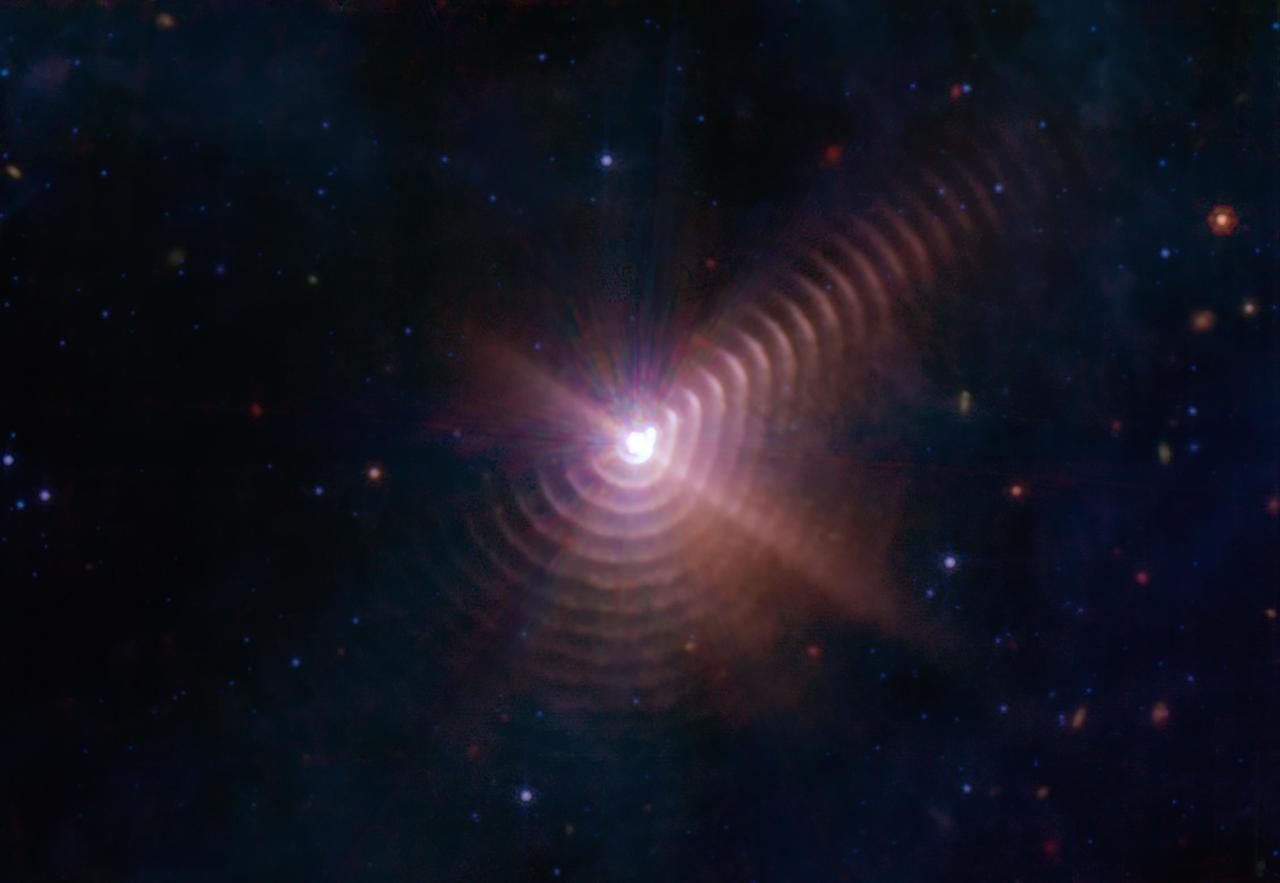
The James Webb Space Telescope will keep searching for and studying galaxies, providing even more detailed images and data. Its discoveries will shape our understanding of the cosmos for years to come.
Who knows what kind of secrets are waiting in the darkness of the universe waiting to be found.
Looking Ahead
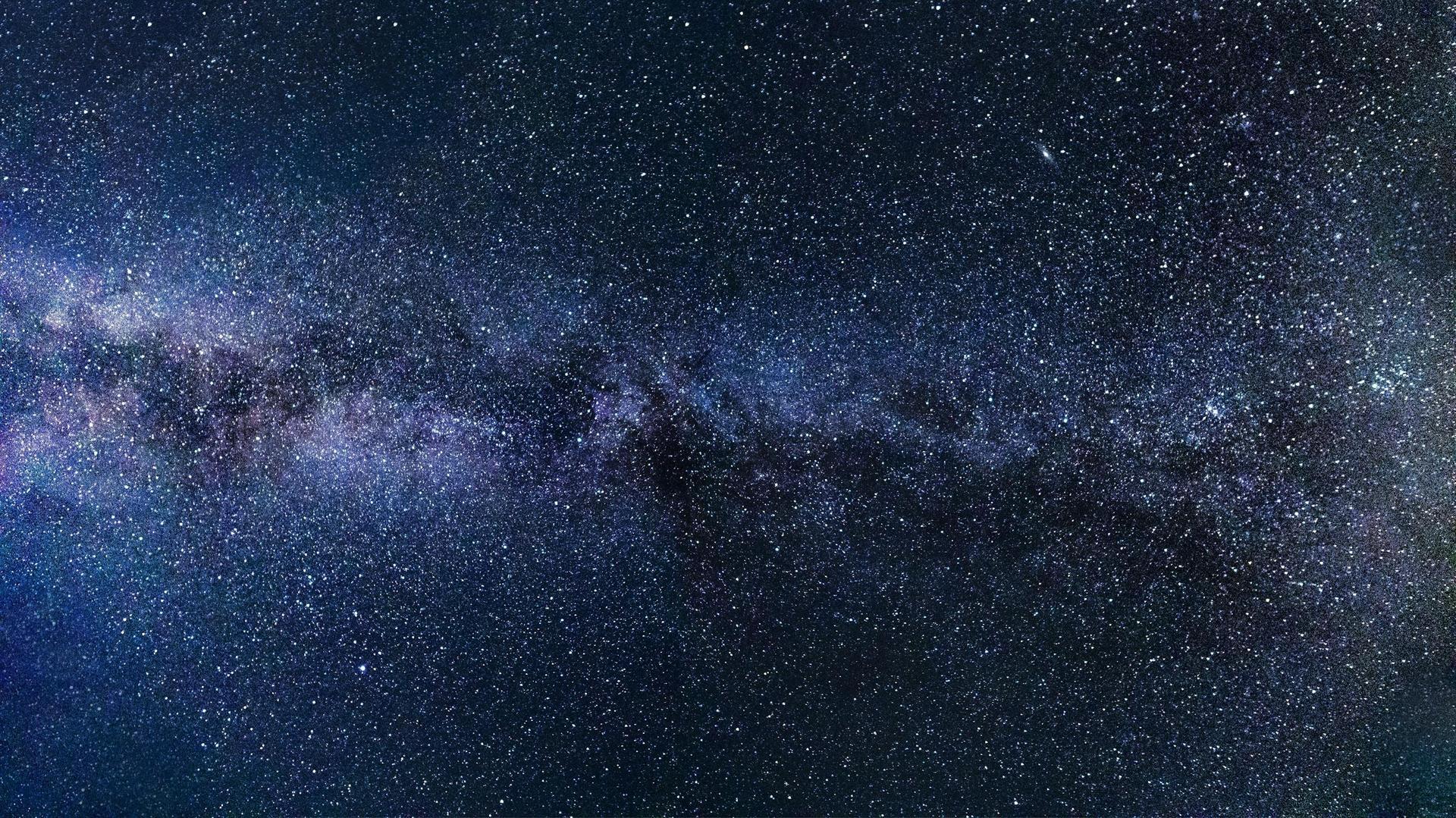
The breathtaking images and discoveries made by Webb are proof of what great things humanity can do.
These discoveries would seem almost impossible to someone from 100 years ago. Imagine the discoveries we’ll make in the next 100 years!

